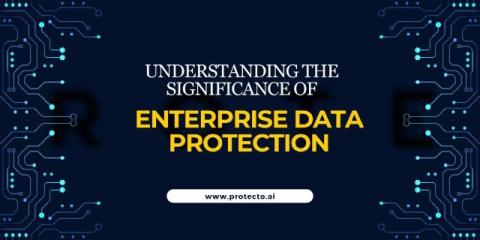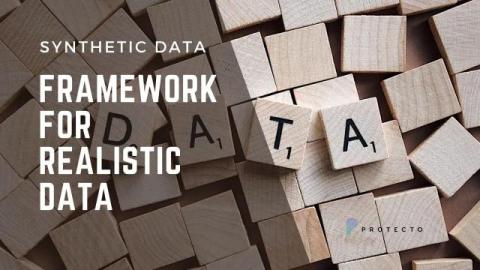Machine Account Password Changes - enable or disable?
When a computer is connected to a network (domain), it is given a machine account that represents that computer on the network. This account is used to authenticate the computer allowing it to access network resources and do tasks. Each machine account, also known as a domain member. has its own unique password for each network. Disable machine account password changes controls whether domain-joined machines automatically change their machine account passwords with the domain controller (DC).











